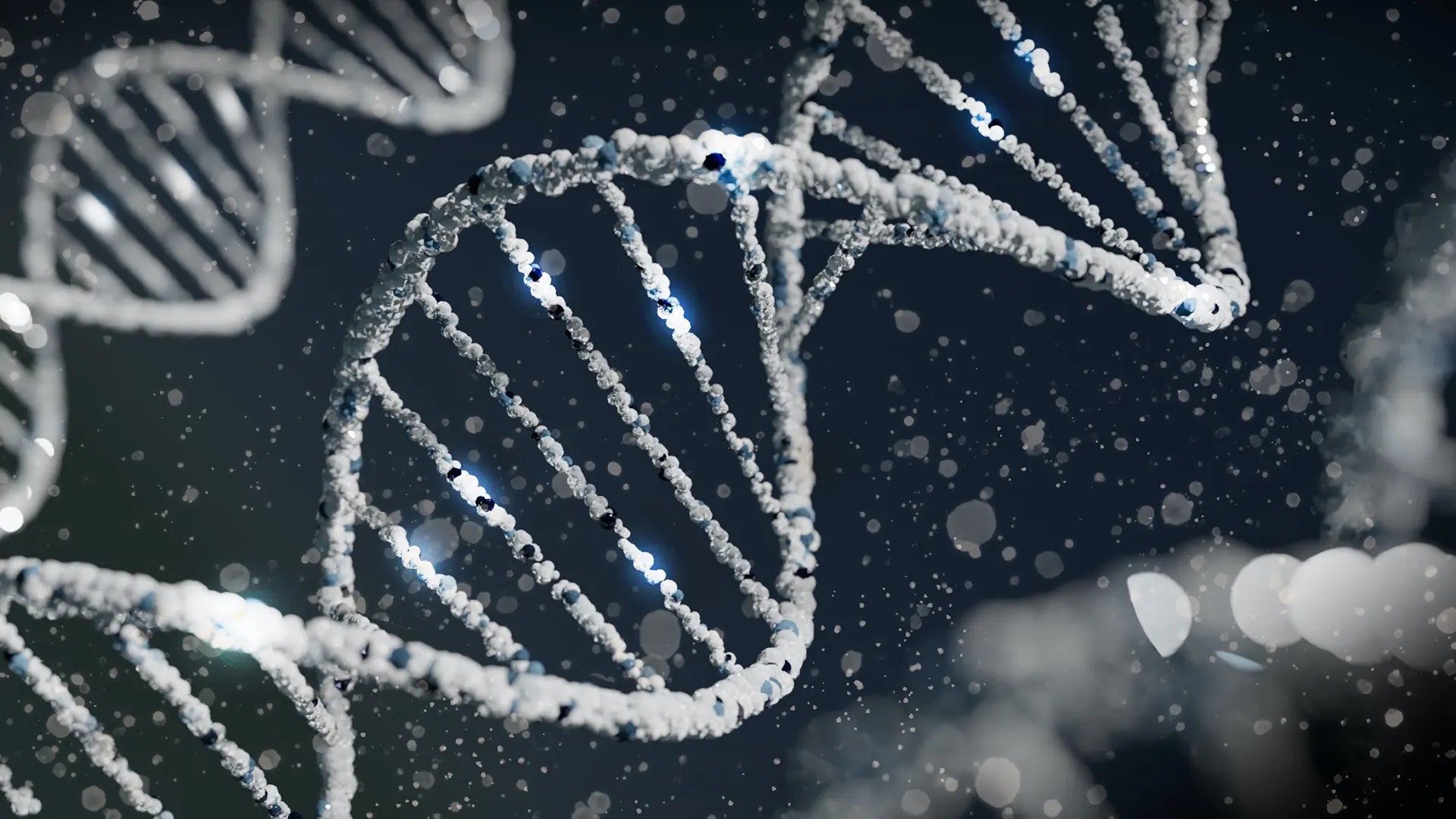
DNA-breaks can cause great damage to cells, which in turn can lead to cell death or diseases such as cancer. Using a novel method, researchers from Chalmers have now identified a new potential role for the protein CtIP, which is an important component in the process of repairing DNA-breaks in human cells.
“CtIP has several functions in the repair of DNA-breaks. The new potential role that we have identified is important for understanding how our cells repair damages to the DNA. Better understanding of the DNA repair process can increase the understanding of how and why we suffer from certain diseases,” says Fredrik Westerlund, Professor of Chemical Biology.
Damage to DNA occurs in all kinds of organisms, from bacteria to humans. If so-called double-strand breaks, where the two DNA strands have been torn apart, are not repaired correctly, there is a great risk of mutations in the genome. This can lead to cell death or the initiation of various diseases, such as cancer.
Therefore, all cells have developed different systems for repairing double stand breaks. Knowledge on how these systems work, and why the repair sometimes is incorrect, can provide increased knowledge on different diseases, and can further be used to develop new drugs.
CtIP important in the DNA-repair
Previous research studies have shown that the protein complex MRN is an important component in the repair of double-strand breaks. It is also known that the protein CtIP, which is a cofactor of MRN, is important for several of the later stages in the repair process.
“Our recent study shows that CtIP is also involved in the first steps of the DNA-repair, where the free ends of the DNA-molecule are connected,” says Robin Öz, PhD-student at the Division of Chemical Biology and first author of the study, which was recently published in PNAS.
Free DNA-ends can be studied with new method
The study was made possible by a new method developed in Fredrik Westerlund's research group at the Department of Biology and Biological Engineering at Chalmers. The method, which is based on nanofluidics, enables the researchers to study individual DNA molecules using fluorescence microscopy. Freely suspended in solution, the DNA-molecules coils and form structures similar to balls of yarn. However, in the nanochannels, which are thin glass tubes, the long molecules are forced to stretch.
“In most methods for studying single DNA-molecules the DNA is usually tethered at the ends. This means that proteins cannot bind there. Since we can study the free DNA-ends with our method, we can also study different processes that take place at the ends, for example when different proteins are added. This is unique and has allowed us to characterise this specific function of CtIP,” says Robin Öz.
Repair mechanisms important to understanding diseases
The project is a collaboration with Professor Petr Cejka at IRB in Bellinzona, Switzerland, a biochemist with expertise in DNA-damage repair. He has access to several cleverly designed variants of CtIP that have enabled the Chalmers’ researchers to determine which parts of the protein that are important for connecting the DNA ends. The protein looks very much like a dumbbell, where the two ends of the "dumbbell" allow two different strands of DNA to be held close together.
“Understanding the role of CtIP is a small step towards completely understanding DNA-repair. Knowledge on the repair mechanisms is important to, in the long run, be able to determine why certain diseases occur, such as several different types of cancer. Studies have shown, for example, that CtIP is almost non-existent in tumour cells in certain aggressive forms of breast cancer,” says Fredrik Westerlund.
Next step: Study MRN-involvement
The next step is to study whether, and how, CtIP interacts with MRN to hold DNA-ends together. It is known that CtIP helps MRN in several other stages of the DNA-repair, but no one has yet studied how they interact in this initial stage.
The study is part of Robin Öz's doctoral thesis, which will be defended on 20 November 2020 and is also the first study related to the ERC Consolidator Grant that Fredrik Westerlund received in 2019 for the project "Next generation nanofluidics for single molecule analysis of DNA-repair Dynamics".
Read the study in PNAS:
Phosphorylated CtIP bridges DNA to promote annealing of broken ends
Contact

- Full Professor, Chemical Biology, Life Sciences